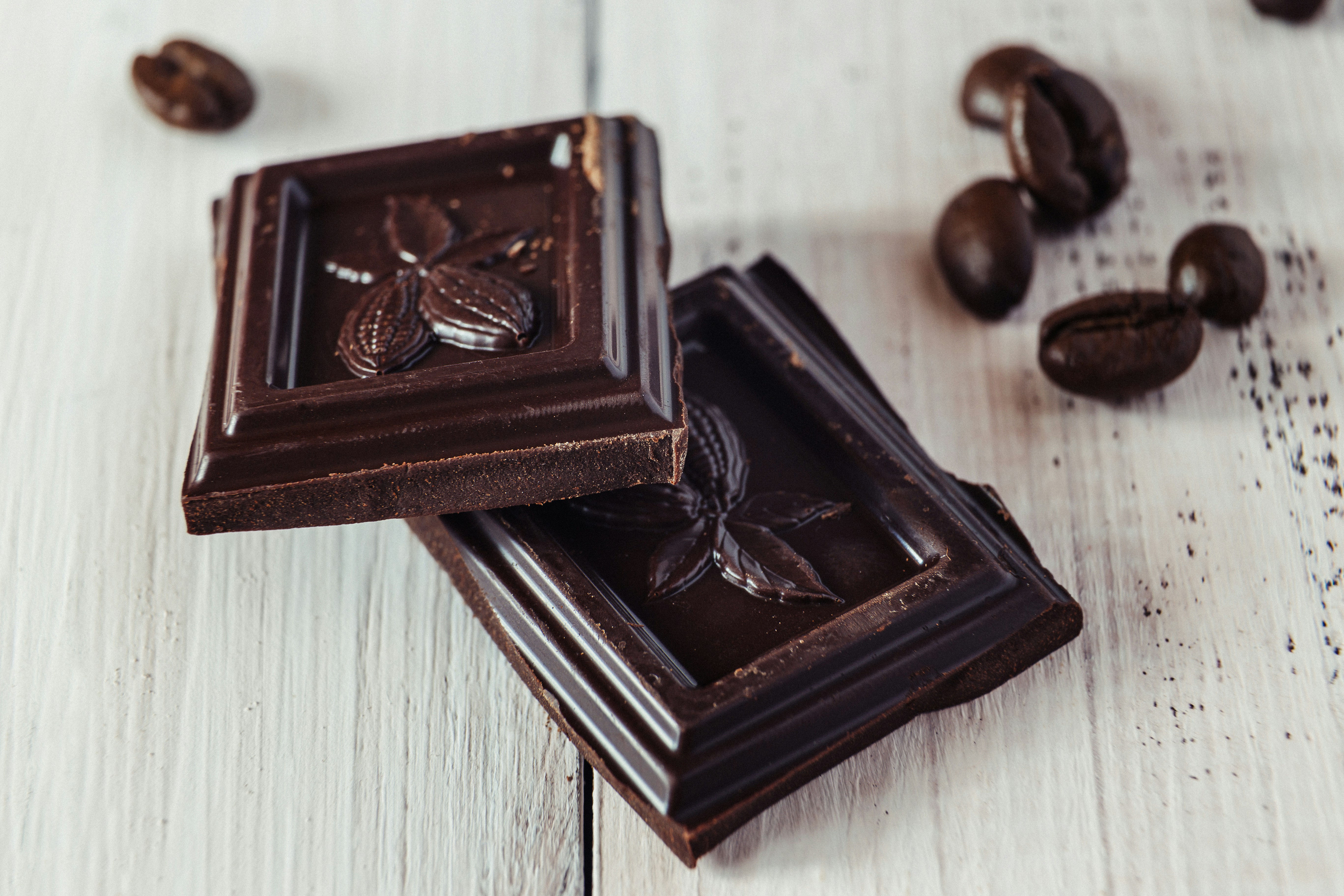Media release
From:
Microbiology: Microbes create choco-lot of flavour
A community of microorganisms that can reproduce the flavour attributes of premium chocolate, by fermenting cocoa beans, are reported in Nature Microbiology. The findings could help to improve the industrial production of fine-flavoured chocolate.
The unique flavour of chocolate is determined by the fermentation of cocoa beans. However, unlike the fermentation of wine, cheese, or dough — in which specific microorganisms are introduced during the process to refine flavor — cocoa beans ferment naturally, and little is known about the microorganisms involved. The flavour profile of the beans is closely tied to the location of the farm where they are produced, leading to variability in quality and flavour of chocolate.
Gabriel Castrillo and colleagues performed a DNA sequencing-based analysis of fermenting cocoa beans from three different cocoa farms in Colombia. They found that a unique microbial community drives a characteristic fermentation process at a farm in Antioquia, which resulted in a finer flavour, as verified by professional food tasters. Using the sequencing data, the authors determined the inter-microbial interactions and metabolic pathways involved in the fermentation process. This allowed them to design a defined microbial community of bacteria and fungi that could reproduce the fine flavour of chocolate under laboratory conditions, which was verified by the same professional tasters and analyses of the chocolate metabolites.
Further research could guide the design of industrial fermentation starters, uncoupling the chocolate flavour from geographical constraints, the authors suggest.



 International
International



